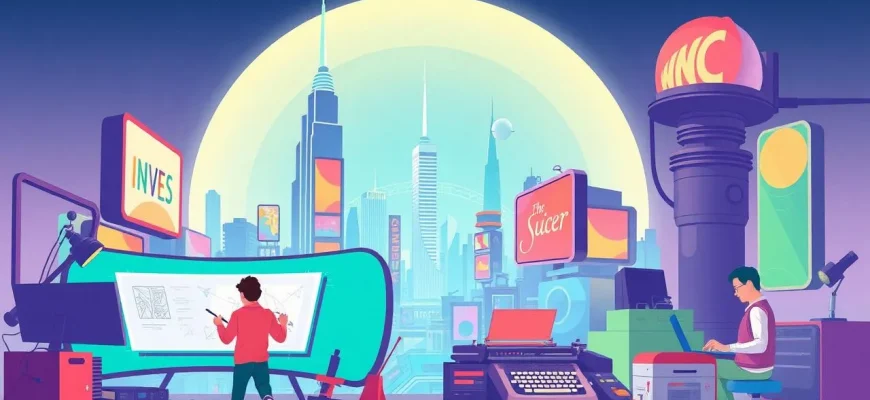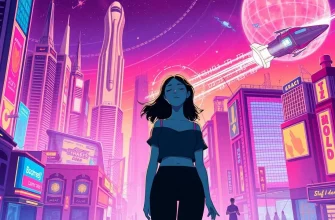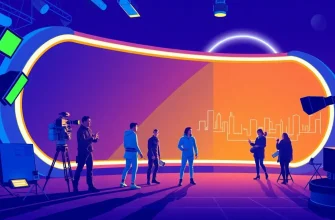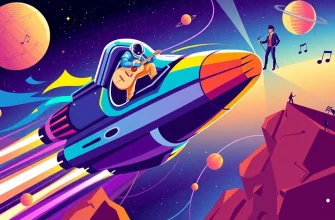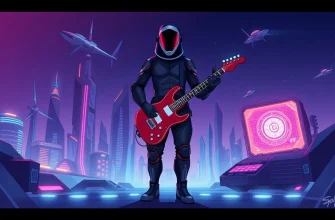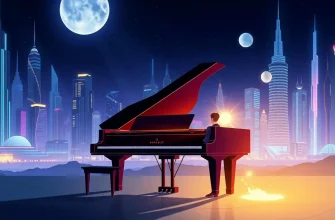In the realm of science fiction, designers often play pivotal roles, crafting worlds, technologies, and aesthetics that push the boundaries of imagination. This curated list of 10 films not only showcases the visionary work of designers but also explores themes of creativity, innovation, and the impact of design on society. Whether you're a fan of futuristic fashion, groundbreaking architecture, or cutting-edge technology, these films will inspire and entertain, offering a unique perspective on the role of designers in shaping our future.
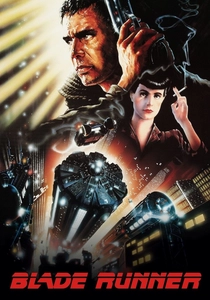
Blade Runner (1982)
Description: Ridley Scott's dystopian vision of Los Angeles in 2019 showcases a world where designers have created replicants, bioengineered beings virtually identical to humans. The film's production design is legendary, influencing the cyberpunk genre.
Fact: The film was initially a box office disappointment but has since become a cult classic.
 Watch Now
Watch Now

The Fifth Element (1997)
Description: Luc Besson's vibrant sci-fi adventure features a futuristic New York City with outlandish fashion and technology. The film's costume and set design are a testament to the creativity of its designers.
Fact: The film's costumes were designed by Jean-Paul Gaultier, known for his avant-garde fashion.
 Watch Now
Watch Now
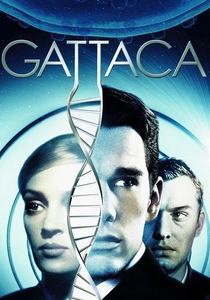
Gattaca (1997)
Description: In a society where genetic engineering determines one's fate, Vincent Freeman, a "natural" born, aspires to reach the stars. The film's design reflects a sleek, minimalist future where design plays a crucial role in social stratification.
Fact: The film's title is derived from the letters of the four DNA nitrogenous bases: guanine, adenine, thymine, and cytosine.
 Watch Now
Watch Now
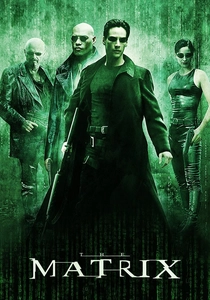
The Matrix (1999)
Description: The Wachowskis' groundbreaking film features a world where reality is a computer-generated dreamworld, designed by machines. The film's visual effects and costume design have become iconic, influencing countless sci-fi works.
Fact: The film's "bullet time" effect was created using a custom-built array of over 120 still cameras.
 Watch Now
Watch Now
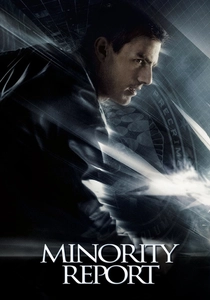
Minority Report (2002)
Description: Steven Spielberg's adaptation of Philip K. Dick's story features a future where crime is predicted and prevented. The film's depiction of futuristic technology, including gesture-based interfaces, was designed by experts in the field.
Fact: The film's technology was so influential that it inspired real-world tech like gesture recognition systems.
 Watch Now
Watch Now
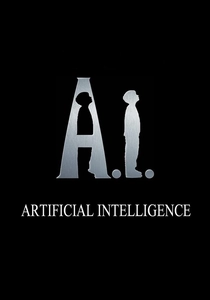
A.I. Artificial Intelligence (2001)
Description: Directed by Steven Spielberg, this film explores a world where a childlike android, David, seeks to become "real." The design of David and the futuristic setting are central to the narrative, showcasing the intersection of design and emotion.
Fact: The film was originally conceived by Stanley Kubrick, who passed the project to Spielberg before his death.
 Watch Now
Watch Now

The Island (2005)
Description: Michael Bay's action-packed film features a facility where clones are raised, believing they are the last survivors of a global catastrophe. The design of the facility and the clones' living quarters are key elements of the plot.
Fact: The film's premise was inspired by Aldous Huxley's "Brave New World" and the 1979 film "Parts: The Clonus Horror."
 Watch Now
Watch Now

Her (2013)
Description: In this Spike Jonze masterpiece, Theodore Twombly, a lonely writer, falls for an operating system designed to meet his every need. The film delves into the design of AI and the emotional connections it can foster, making it a must-watch for those interested in the future of design.
Fact: Scarlett Johansson, who voices the AI Samantha, was never on set during filming; all her lines were recorded in post-production.
 Watch Now
Watch Now
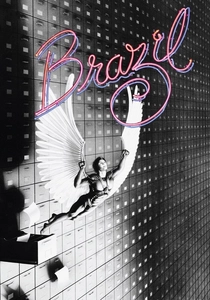
Brazil (1985)
Description: Terry Gilliam's dark comedy-dystopia features a world where bureaucracy reigns supreme, and design reflects a retro-futuristic aesthetic. The film's production design is both oppressive and whimsical.
Fact: The film was released in several different versions due to conflicts between Gilliam and Universal Pictures.
 30 Days Free
30 Days Free

Strange Days (1995)
Description: Kathryn Bigelow's thriller set in a near-future Los Angeles where memories can be recorded and sold. The film's design of the "SQUID" technology and the gritty, neon-lit cityscape are central to its atmosphere.
Fact: The film was ahead of its time in exploring virtual reality and the ethics of memory manipulation.
 30 Days Free
30 Days Free

